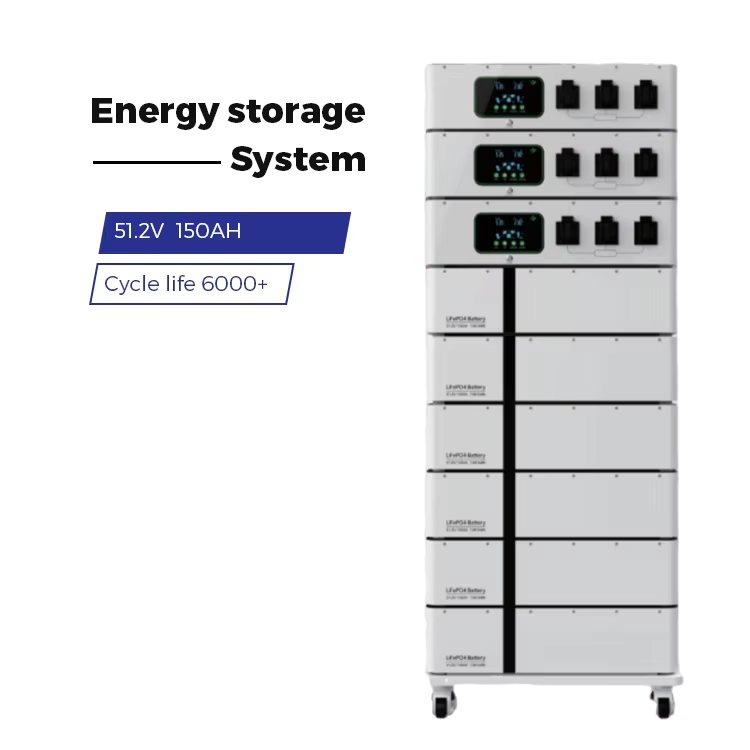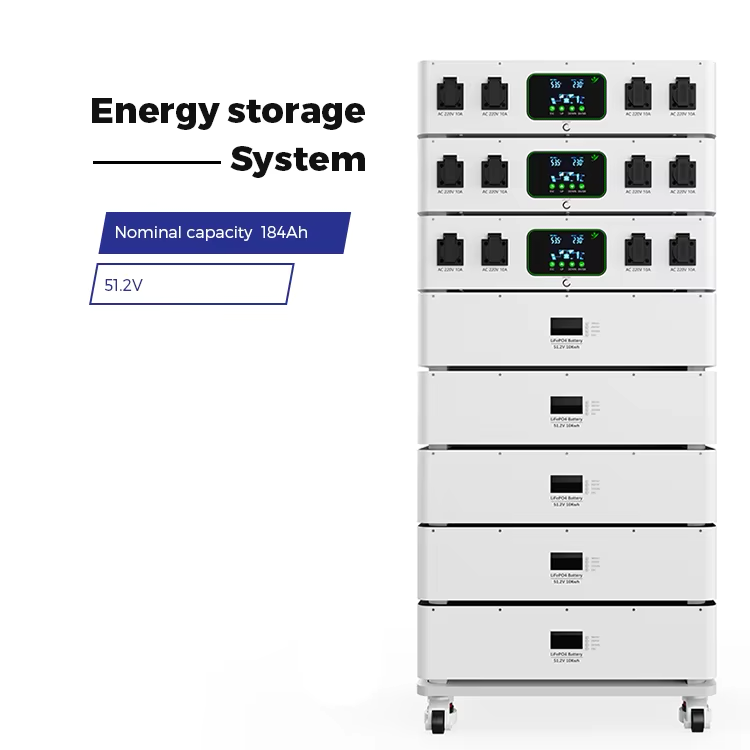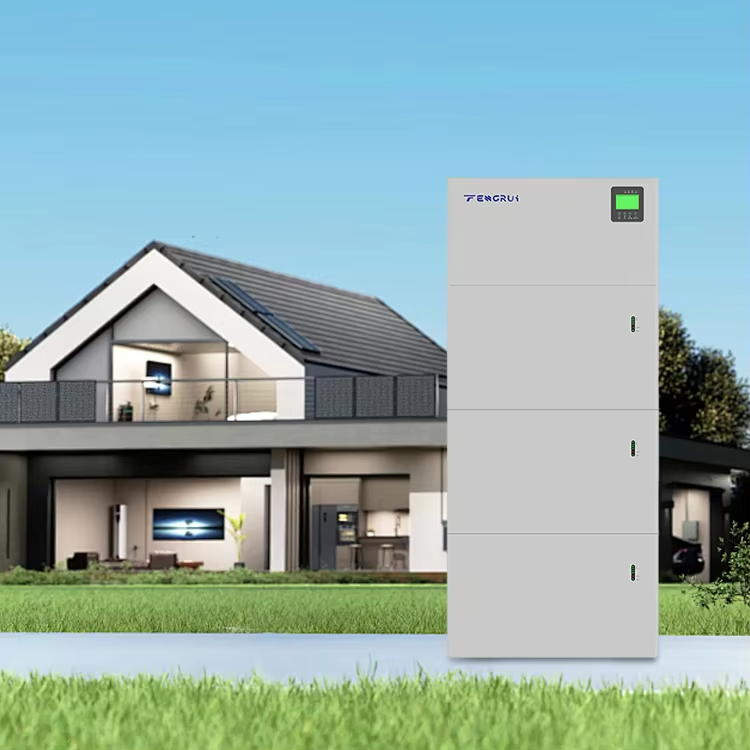grid connected inverter
A grid connected inverter serves as a crucial component in modern renewable energy systems, particularly in solar power installations. This sophisticated device converts direct current (DC) electricity generated by solar panels into alternating current (AC) electricity that can be fed into the utility grid. The inverter synchronizes the phase, voltage, and frequency of the power output to match the grid requirements, ensuring seamless integration. These inverters incorporate advanced monitoring systems that continuously track power output, grid conditions, and system performance. They feature built in safety mechanisms that automatically disconnect from the grid during power outages to prevent backfeeding, protecting utility workers and equipment. Modern grid connected inverters achieve conversion efficiencies exceeding 97%, maximizing energy production and financial returns. They support bi directional power flow, enabling users to both supply excess power to the grid and draw power when needed. Many models include smart features such as remote monitoring capabilities, detailed performance analytics, and mobile app integration for real time system management. The technology has evolved to include anti islanding protection, reactive power control, and voltage ride through capabilities, meeting stringent grid codes worldwide.


